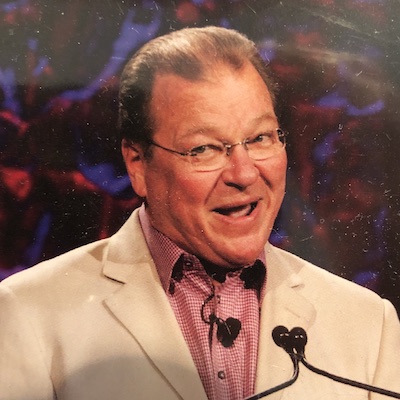Occupational Therapy in Aging in Place and Home Modifications
April is Occupational Therapy month! To kick off April we would like to highlight the contributions that occupational therapists make to the home modification and Aging in place process. This week we have a guest blog authored by Dr. Scott A. Trudeau, PhD, OTR/L and Hannah Brock. Dr. Trudeau is the Productive Aging Practice Manager at the American Occupational Therapy Association in Bethesda, Maryland, and Hannah is our intern and an Occupational Therapy Doctoral student from Midwestern University in Downers Grove, Illinois.

When thinking about Retirement and the aging process, most people envision living their lives out in their own homes in the community. People choose different living situations for different reasons, but most people in the U.S. report that they prefer to age in their homes. In order to do this, the housing must be safe and accessible throughout the lifespan. With technological and medicinal improvements in recent decades, people are living longer. The older one gets, the more likely they are to fall or encounter challenges to performing routine daily tasks. However, there are ways to prevent falls and make homes safer and more accessible to prevent injuries, and most importantly enable people to live more independently in the community where they choose to live out their lives.
This idea of aging in place creates an intersection of housing and healthcare. It is imperative to make homes safer and accessible as you age, but what does that look like? Who needs to be involved? Evidence suggests that occupational therapists bring important perspective, significant expertise and high value to the home modification and aging in place process.
It starts with a performance-based home evaluation. Occupational therapists do not just look at mobility and navigating the home, but what it is that people need and want to do in those spaces, and how can they modify the environment, the activity, or the behavior to make them safe, not just today, but in two years, five years, 10 years. Occupational therapy practitioners take a person-centered approach to see what is important to the individual. They also have the expertise to make recommendations to increase the ease of tasks that they may not think about as important.
In retirement, leisure activities are crucial to a high quality of life, so it is not just about remodeling a bathroom for greater accessibility and adding grab bars – though that is certainly important and has been shown to significantly reduce falls in the home. But what about the grandfather who loves to restore fur niture – can he get out to his backyard wood shop safely? Are his tools and supplies easy to reach without needing a stepladder? Is there adequate lighting? Occupational therapists are experts in task analysis and evaluating how the person performs their daily activities within their unique environments. An extensive initial evaluation leads to recommendations of both minor modifications and major home repairs to prevent health issues and maximize independence in the community.
niture – can he get out to his backyard wood shop safely? Are his tools and supplies easy to reach without needing a stepladder? Is there adequate lighting? Occupational therapists are experts in task analysis and evaluating how the person performs their daily activities within their unique environments. An extensive initial evaluation leads to recommendations of both minor modifications and major home repairs to prevent health issues and maximize independence in the community.
Some modifications are simple and free such as removal of tripping hazards including scatter rugs or rearranging cords to make walking safer. Other modifications are relatively cheap, for example night lights in hallways and bathrooms, grab bars, or switching cabinet knobs to handles to make them easier to pull. Still other modifications may cost more or require more effort to complete such as constructing wheelchair ramps, replacing bathtubs with a roll-in shower and altering cabinet heights.
Occupational therapists are the professionals who have the necessary skills and experience to analyze a person’s unique needs, recommend individualized modifications, and refer to community resources such as contractors or handypeople as needed.
The post Occupational Therapy in Aging in Place and Home Modifications appeared first on HomesRenewed™ Resource Center.

























